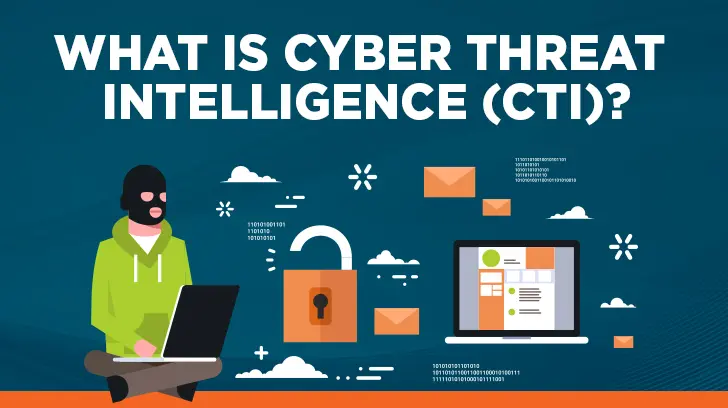Understanding Cyber Threat Intelligence (CTI): The Key to Proactive Cybersecurity for Every Business
In today’s digital age, cybersecurity threats are evolving at an unprecedented rate. Cybercriminals are becoming more sophisticated, and their methods more elusive. To stay ahead of these ever-changing threats, organizations need more than just reactive security measures. They need Cyber Threat Intelligence (CTI).
What is Cyber Threat Intelligence (CTI)?
Cyber Threat Intelligence (CTI) is a critical component in modern cybersecurity strategies. It is the process of collecting, analyzing, and disseminating information about potential or current cyber threats targeting an organization. CTI enables organizations to make informed decisions about their security posture and proactively defend against cyber threats.
Key Components of CTI:
Data Collection:
CTI gathers data from various sources such as threat feeds, security incidents, open-source intelligence, social media, dark web forums, and internal network data. This data can include indicators of compromise (IOCs), tactics, techniques, procedures (TTPs) used by threat actors, and anything from IP addresses and domain names to specific malware signatures and attack patterns.
Analysis:
Once data is collected, it must be analyzed to identify patterns, trends, and specific threats that could impact the organization. This involves understanding the tactics, techniques, and procedures (TTPs) used by cybercriminals. This process helps in understanding the behavior of threat actors and predicting potential attacks.
Dissemination:
The final step is sharing the analyzed intelligence with relevant stakeholders. This can include security teams, executives, and other organizations. Effective dissemination ensures that everyone involved has the necessary information to act upon intelligence.
Benefits of Cyber Threat Intelligence (CTI):
1- Proactive Defense:
By understanding potential threats before they materialize, organizations can implement security measures proactively, reducing the risk of successful attacks.
2- Enhanced Incident Response:
With detailed insights into potential threats, organizations can respond more effectively to security incidents. CTI provides the context needed to understand and mitigate attacks quickly.
3- Improved Decision-Making:
CTI equips decision-makers with actionable insights, helping them prioritize security investments and strategies based on real-world threat landscapes.
4- Enhanced Situational Awareness:
CTI keeps organizations informed about the evolving threat landscape and specific threats targeting their industry or organization. This situational awareness is crucial for maintaining robust cybersecurity.
5- Risk Management:
By identifying and prioritizing risks, CTI enables more informed decision-making regarding security investments and resource allocation. Organizations can focus their efforts on the most significant threats.
Implementing CTI in Your Organization:
To effectively implement CTI, organizations should:
- Establish a CTI Team:
- Create a dedicated team responsible for collecting, analyzing, and disseminating threat intelligence.
- Leverage Threat Intelligence Platforms:
- Utilize advanced platforms and tools to gather and analyze threat data efficiently.
- Collaborate and Share Information:
- Participate in information-sharing communities and collaborate with other organizations to enhance threat intelligence capabilities.
- Integrate CTI with Security Operations:
- Ensure that CTI is integrated into the organization’s overall security operations and incident response processes.
- Continuously Update and Improve:
- Cyber threats are constantly evolving, so it’s essential to continuously update and improve CTI processes and tools.
Conclusion:
Cyber Threat Intelligence is an indispensable component of a modern cybersecurity strategy. By transforming raw data into actionable insights, CTI empowers organizations to proactively defend against cyber threats, enhance their security posture, and make informed decisions. In a world where cyber threats are constantly evolving, CTI provides the intelligence needed to stay one step ahead of adversaries.
By implementing a robust CTI program, organizations can not only protect their valuable assets but also build a resilient cybersecurity framework that can adapt to the ever-changing threat landscape.
For more information and PoC, you can Contact Us.










